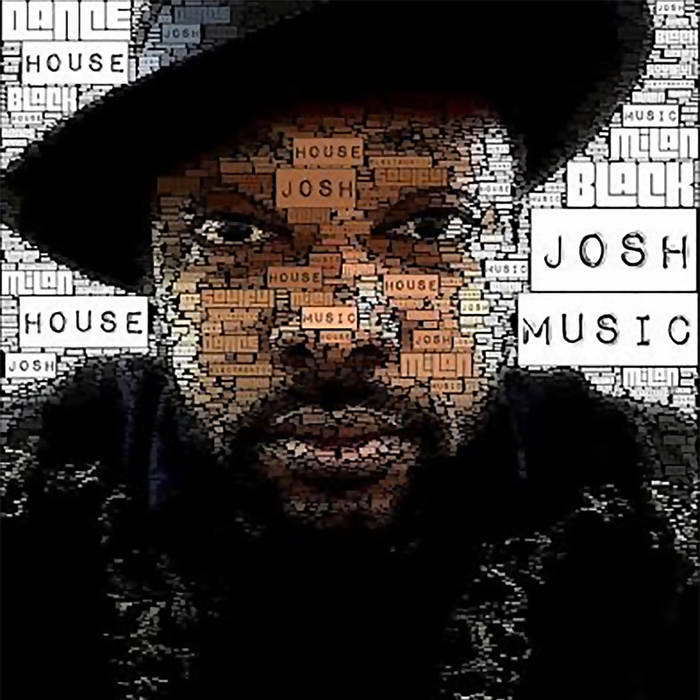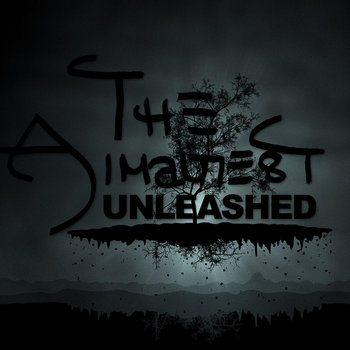 Randall Roberts — The Grammy-winning R&B singer Frank Ocean recently released two albums and a full-color, high-gloss magazine over the course of two days. In doing so, he injected enthusiasm, confusion and yet more chaos into an ever-evolving music business.
Randall Roberts — The Grammy-winning R&B singer Frank Ocean recently released two albums and a full-color, high-gloss magazine over the course of two days. In doing so, he injected enthusiasm, confusion and yet more chaos into an ever-evolving music business.The unveiling, the latest in a line of innovative, high-profile maneuvers, disrupted the U.S. album charts. Where did Ocean end up on the chart? At No. 1, but how he got there is not as simple as it used to be.
On Monday’s Billboard Top 200 album count, the Apple Music-released “Blonde” debuted at No. 1, with a first-week tally of over 275,000 “equivalent album units” sold — note the wording in quotes.
So, what, exactly, is an equivalent album? It’s a complicated mash-up of streaming and sales data, where 10 digital-track downloads sold and 1,500 songs streamed are equal to one album.
In Ocean’s case, he sold 232,000 digital-album downloads of “Blonde,” according to Nielsen Music. The album then accrued 65 million streams of its individual tracks. That number in turn is divided by 1,500 to arrive at what, for charting purposes, essentially amounts to an additional 43,000 albums sold (individual tracks from the release were not made for sale).
Got all that? You’re forgiven if not.
“It’s kind of the Wild West and it always has been. People are just trying to figure it all out,” says Tim Smith, who as founder of Blood Company manages major electronic artists including Skrillex, Zedd and Boys Noize.
In recent years the task of tabulating a record’s success and popularity has grown more complicated. What used to be an album sale is now an “equivalent album sale.” Each component — that is a song — of a release — otherwise known as a project — is measured and weighted using industry-approved equations.
Simple math? Far from it.
Whereas one album plus another album once equaled two albums, in an on-demand era of streaming and instant downloads, one better bring a calculator to unravel the new chart language. What was once as simple as adding up the sales of a few different formats has now become an SAT-worthy calculation.
Trying to distill it all are companies Nielsen Music and BuzzAngle, which track physical and digital sales and stream numbers in order to gauge success in an evolving, fluid business.
“When you say it’s the top album, you have to clarify that,” says Jim Lidestri, CEO of Border City Music, which owns BuzzAngle. “What does that mean?”
This whirlwind year has seen superstars Beyoncé, Kanye West and Chance the Rapper unveil new work through a variety of avenues, including exclusives with streaming services and surprise album drops.
And with them, consistency has become a thing of the past.
The year’s biggest album, Drake’s “Views,” premiered exclusively through Apple Music and iTunes — but only after the artist played it in full on his OVO Music radio show on Apple’s Beats 1 radio platform. At the end of its first week, “Views” had sold over 850,000 digital albums and generated nearly 250 million audio streams, according to BuzzAngle.
The album, which spent much of the summer at No. 1, debuted on the Billboard chart with what Nielsen said was 852,000 albums sold and 1.04 million equivalent album sales.
The Canadian rapper eventually expanded its availability to other streaming platforms, the accumulation of which kept the record in the No. 1 slot for three months.
“There are a lot of creative strategies being tried out there," says David Bakula, who oversees chart tabulation for Nielsen as senior vice president, analytics and client development. The problem, however, is quantifying success in an era with dozens of distribution platforms.
“I don't think there's a great sense from everybody out there of, ‘This is what it takes to get to No. 1,’ or ‘This is even what a level is for No. 1,’" says Bakula.
For his part, Ocean's competing release strategy was prompted by his first new music in four years. His long-gestating album, once thought to be called “Boys Don’t Cry,” turned out to be two albums — “Endless” and “Blonde.” Only the latter is eligible to be counted on the album chart. Because it’s a video album, “Endless” is excluded.
Click here to read more from this article's source.












































